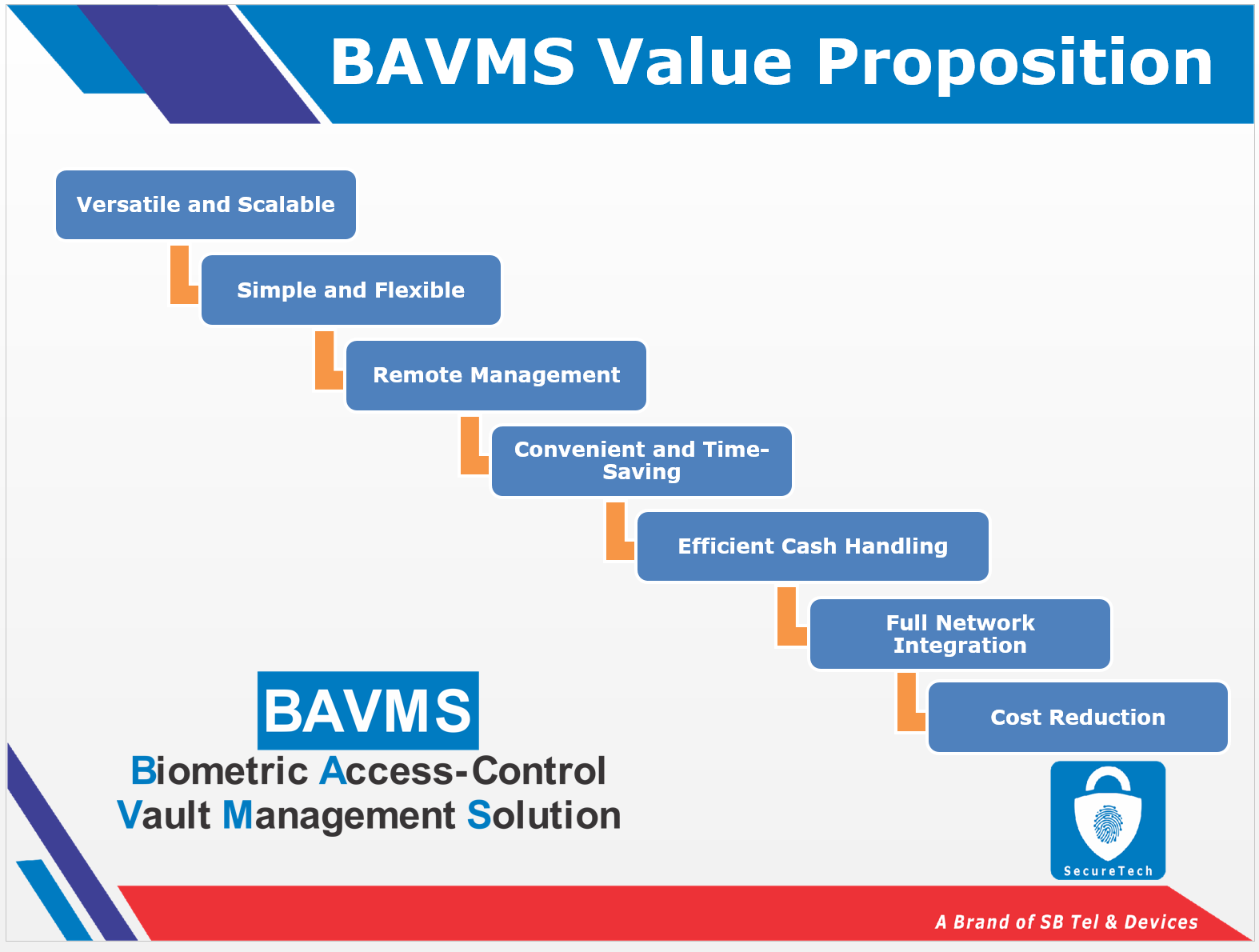
Benefits Of Biometric Vault Management System To Banks In Nigeria
Benefits of Biometric Vault Management
The Benefits of Biometric Access Vault Management System (BAVMS) to Banks in Nigeria is one of the most important aspects of the banking sector, this is where treasures, valuables, money, records, and documents are kept, and any compromise to this section of the bank can lead to the fold-up of the bank.
Bank vaults are an integral part of the building within which they are constructed using armored walls and a firmly designed door closed with a complex lock. The bank vault usually consist of locks that involve the right combination for it to unlock and then two specially designed keys are also used together with the lock combination, these keys are given to two different personnel in the bank to keep and whenever there’s a need for anything to be taken out of the vault or to be put inside the vault the two personnel are always required to be around to both unlock and lock the vault system. Despite the security level involved in the bank vault system, there is still the lingering probability of compromise.
Biometric Access Vault Management System (BAVMS)

A wrongly handled key, a divulged password, a malicious hacker, and organized criminal groups can almost easily make a vault system vulnerable. To prevent the possibility of internal compromise by the staff of the banks that have been given the duty to keep the keys to the vault and the passcodes of the vault higher level of security such as the use of biometrics has to be implemented. Biometrics technology now has a very wide range of applications in virtually all industries Biometric Access Vault Management System (BAVMS) is a solution used to automate and authenticate vault door access control. The mode of authentication is based on individual unique behavioral or physical traits such as iris, fingerprints, facial, etc. is referred to as biometrics.
The biometric-based authentication system has good accuracy for authentication. A BAVMS implementation immediately eliminate all the problems the legacy systems are characterized with such as Inefficient operations; Non-compliance to banking policy; Standalone operations; Access compromise; No Audit trail; Non-enforcement of Vault Opening Duration; Tailgating; Missing and Shortfall of Funds
Below are some specific benefits of the BAVMS.
- Efficient Operations: All the inefficiencies being experienced with the manual key and code operations in the management of the vault systems will stop. No more cases of lost key and code sharing, seeing that designated users will have to be physically present at duty post. That is, unauthorized absence at duty post will be known to the bank’s management as backup and modification can only be done on the administrative application. This ensures the efficiency of operations and processes.
- Banking Policy Compliance: The CBN policy of dual access combination in the management of the vault and ATM rooms which has not been fully complied with. With the inclusion of BAVMS technology, absolute compliance will be achieved since biometric verification is involved.
- Centralized Management Platform: The management and distribution of designated users, vault doors, and ATMs will be centrally managed on a single platform. The intuitive graphical user interface of the platform provides for easy distribution and assignment of available users including weekend and holiday emergency access, thereby eliminating the inherent lapses of the manual process.
- Compromise Prevention: The manual process leaves room for various levels of compromise among the cash officers & HOPs- keys and codes sharing, eavesdropped, and so on. The BAVMS ensures that access to the vault will be automated with a unique identity, thus forestalling the collusion or compromising of banking officers.
- Electronic Audit Trail: All activities on the opening and closing of the vault doors will be available permanently and electronically. Users and accessibility historic logs can be made available at any time for audit exercise.
- Vault Opening Duration: The current attitude of leaving the vault doors open from resumption is not the approved standard. Since the vaults are to be accessed within a duration, automating its opening interval will encourage users to comply with the bank’s approved standard.
- Tailgate Prevention: With the automated setup of opening duration, tailgating by unwanted users will be prevented.
- Missing and Shortfall of Funds: The incidence of missing and shortfall of funds will also be presented with an automated process.

An improved biometric bank vault system using a fingerprint. The operational stage of the system is into two stages: the biometric enrollment stage where the fingerprint of two different individuals will be taken. Templates of the images acquired were stored along with the particulars of the authorized users, in a database. These stored templates were used to identify and authenticate users of the bank’s vault system.
To verify the authenticity of a user, the biometric system makes a comparison between the enrolled biometric trait and the query trait. This comparison usually returns a match or mismatch. Biometric traits are unique. Biometric systems utilize the uniqueness of biometric traits to prevent impersonation. Most biometric systems are either Unimodal or Multimodal [8]. The Unimodal biometric system, as the name implies, uses only one biometric mode while the Multimodal system uses more than one biometric mode. The use of a multimodal method enhances the efficiency of the biometric system.
Fingerprints are the most established and most generally utilized type of biometric identification. Every individual’s fingerprint is unique. The structure of the ridges and valley on the surface of the fingers is responsible for this uniqueness. Specific points, called minutiae points are used to differentiate fingerprints. In Fingerprint recognition, the distinct ridges on the fingertips produced the impressions from which features are being extracted. The fingerprint image is captured using an optical scanner, is enhanced and converted into a template. Algorithms are responsible for determining the level of similarity or otherwise of fingerprints.
The most widely used biometric trait is the fingerprint. It is quite accurate and reliable as a biometric identifier. However, fingerprint biometric systems can return a false match or mismatch whenever users’ fingers were too dry, too wet, etc.
The operation of this solution will involve two stages: the biometric enrollment stage where the fingerprint of two different individuals will be taken to be stored in a database and the identification or authentication stage where the already registered fingerprint will be checked for a match in the database with the new input to grant access into the vault. Registration state occurs only once, and it is the stage where the authorized personnel fingerprint is scanned and stored in the database.
Once the individual has been enrolled in the system the user is then given access to the vault. Identification simply means one to many matches requiring the user to provide either his fingerprint as a means of identification. The just-acquired biometric sample presented for identification is compared to the previously stored sample in the database if there is a match with the fingerprint enrolled, access is provided to the vault door, and otherwise, it is declined.
At the authentication state, the individual presents his fingerprint to be read depending on the biometric trait registered for the individual, the access control reader then extracts the features and runs a check with the registered features that are in the database for a match. When a match is found the system moves to the authenticated state if a match is not found then the system returns to the request state.
